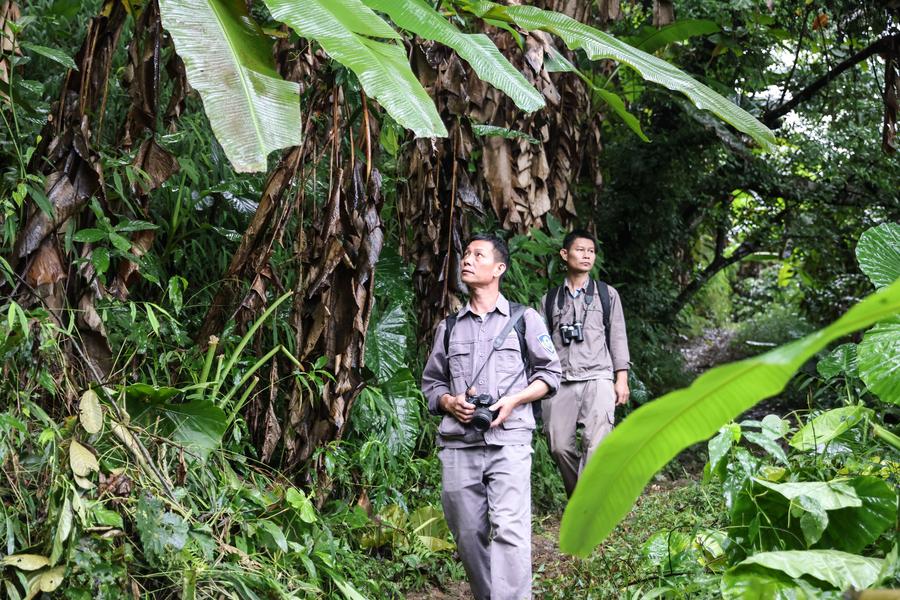CHANGCHUN (Xinhua/Internews): Across plateaus, mountains, and rainforests, wildlife is rebounding in China as the country strives to establish the world’s largest national park system by 2035.
Ranging from the likes of Hainan gibbons to Tibetan antelopes, wildlife populations have increased in the country’s national parks, an achievement worth celebrating on the International Day for Biological Diversity, which falls on May 22.
Deep inside a dense forest in northeast China, a Siberian tiger cub was cuddling and playing with its mother.This heartwarming scene in the Northeast China Tiger and Leopard National Park (NCTLNP) was streamed in real-time on an intelligent screen at the park’s control room.
Such new technologies have transformed biodiversity conservation in China. In the NCTLNP, which spans over 14,000 square km, it takes just a few seconds to trace a wild Siberian tiger, thanks to the park’s network of more than 20,000 infrared cameras.
Situated in northeast China’s Jilin and Heilongjiang provinces, the park began trial operations in 2017 and was officially established in 2021.Both the park’s key and sensitive areas are covered by an integrated intelligent monitoring system that collects and records wildlife data.
“Last year, 20 Siberian tiger cubs and 15 Amur leopard cubs were born in the park. This is truly a surprise, considering that in 1998, there were only about 12 wild Siberian tigers in China,” said Feng Limin, deputy director of the monitoring and research center for Siberian tigers and Amur leopards under the National Forestry and Grassland Administration.
Also known as the Amur tiger, the Siberian tiger is one of the world’s most endangered animals and a flagship species of the forest ecosystem, mainly living in Russia’s Far East and northeast China. About 500 Siberian tigers are believed to exist in the wild today.
China attaches great importance to biodiversity conservation, as evidenced by it being among the first countries to sign and ratify the Convention on Biological Diversity.In 2021, China established its first batch of national parks, spanning a protected land area of 230,000 square km.
These parks, namely Sanjiangyuan National Park, the Giant Panda National Park, the NCTLNP, Hainan Tropical Rainforest National Park and Wuyishan National Park, are home to nearly 30 percent of the country’s key terrestrial wildlife species.
The progress these national parks have made in protecting biodiversity is evident when considering the numbers involved.
The population of Hainan gibbons, a rare primate that lives in Hainan Tropical Rainforest National Park, had risen to 37 in 2022 from 13 in 2003. Sanjiangyuan National Park, meanwhile, is now home to more than 70,000 Tibetan antelopes, in sharp contrast to less than 20,000 in the 1990s.
To better protect wildlife species and their habitats, China also designated 49 candidate areas, covering around 1.1 million square km, as national park space, according to a spatial layout plan made public in 2022.
There are more than 5,000 wild vertebrate species and 29,000 types of higher plants in these candidate areas, which are expected to incorporate over 80 percent of China’s strictly protected fauna and flora.


